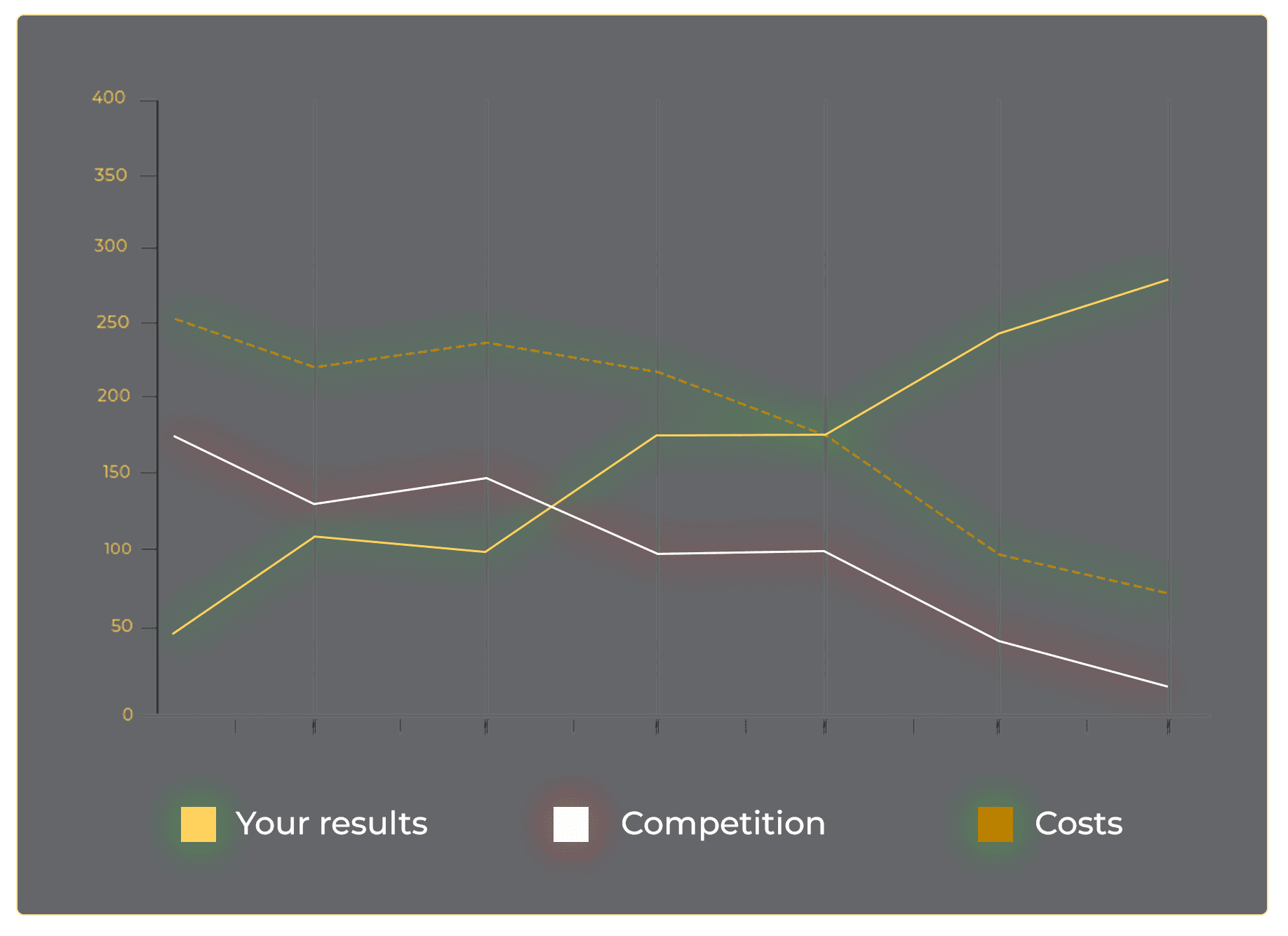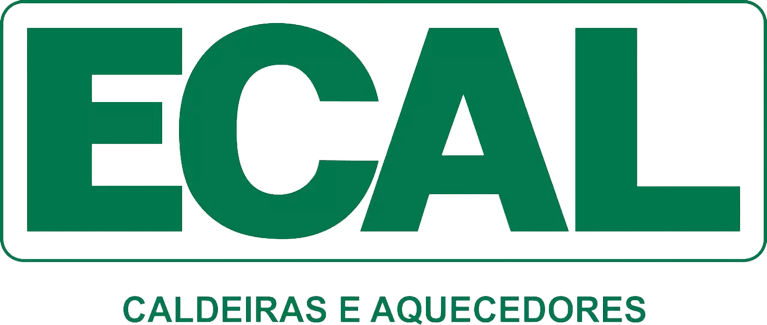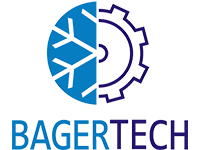FOCUS ON BUSINESS, WE OPTIMIZE!
Focus on what you do best and let our team handle SEO that deliver results. We ensure your clients website ranks at the top of search results and serves as an effective tool for attracting organic customers, allowing you to concentrate on growing your business.









